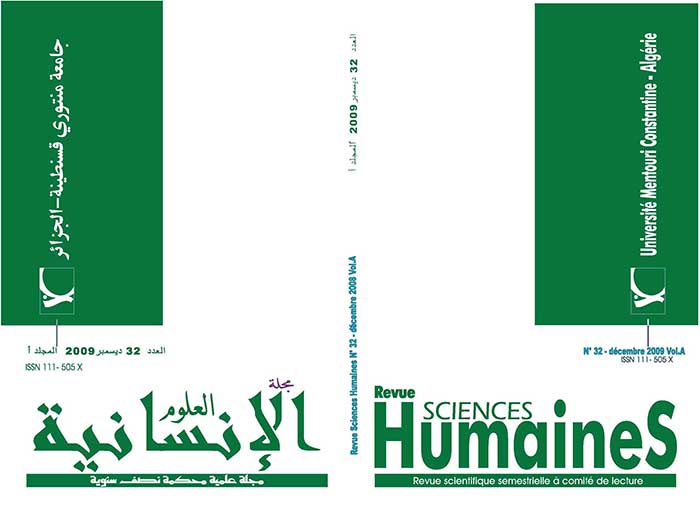The Basic Requirements of the Multi-Syllabus Syllabus
Résumé
This article aims at providing a description of the basic principles and the fundamental requirements of the different syllabuses in the field of foreign language learning/ teaching. It is also intended to give an illustration of the kind of framework for a foreign language syllabus teachers should like to see implemented. It goes without saying that a successful course which is more eagerly looked for is the one which combines all essential aspects: structure, function, situation, topic, skills in an integrated and coherent way.
Téléchargements
Références
- Clarke, F. D.( 1991) “The Negotiated Syllabus : What is it and How is it. Likely to Work ?” Applied Linguistics Vol 12 . N 1 Oxford University Press (pp13.28)
-Ellis,R (1988) Second Language Pedagogy. Classroom Second Language Development.International Group (UK) LTD.
- Harmer, J. (2001) The practice of English Language Teaching Pearson Education Limited .
- Hutchinson, T. and Waters, A.(1987) English for Specific Purposes. A Learner Centred Approach .CUP.
- Mares , C.(2003) Developing Materials for Language Teaching .British library.
- Mc Donough, J and C. Shaw (1993) Materials and Methods in ELT. Oxford, Blackwell.
- Prahbu,N.S (1987) Second Language Pedagogy . OUP.
- Swan , M. and Walter , C. ( 1993) The New Cambridge English Course. CUP.
- Ur , p (2000) A Course in Language Teaching . C U P .
-White(1988) The ELT Curriculum: Design, Innovation And Management Oxford : Blackwell.
-Widdowson , H.G. ( 1979) Explorations in Applied Linguistics. OUP.
-Wilkins, D. A. (1972) Linguistics in Language Teaching. Edward Arnold, London.
-_____ (1976) Notional Syllabuses. OUP.












